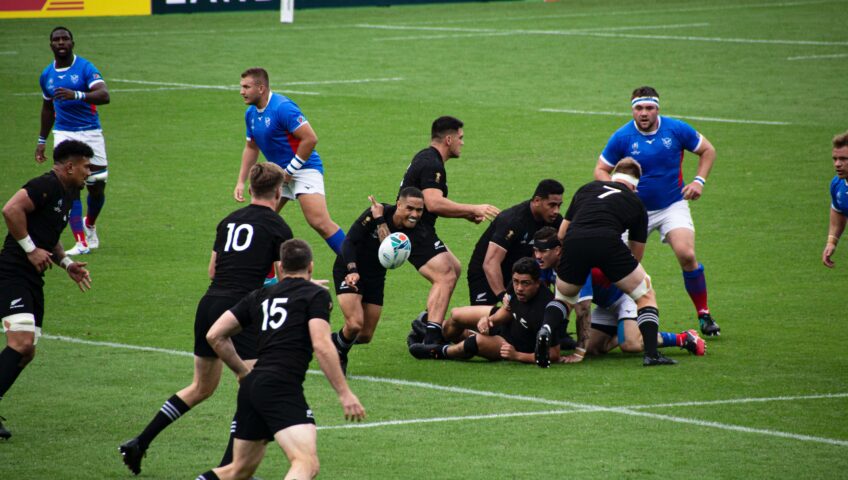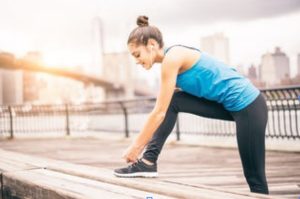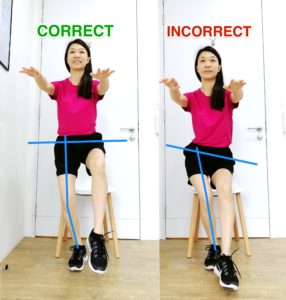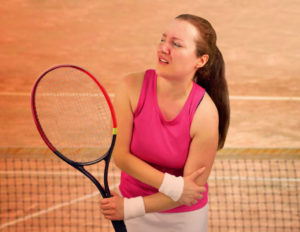
Prevent Lower Back Pain When Cycling
In general, cycling has very low injury rates (excluding crashes and collisions) compared to other sports. However, when we are hunched over our handlebars for long periods of time, it can place a large cumulative amount of load on our low back and cause pain. In fact, lower back pain (LBP) is reported in more than 50% of cyclists.
Whether you are a beginner cyclist looking to set yourself up for success, or an experienced cyclist dealing with lower back pain when cycling, here are our top 3 tips to address and prevent pain from occurring.
Read more




